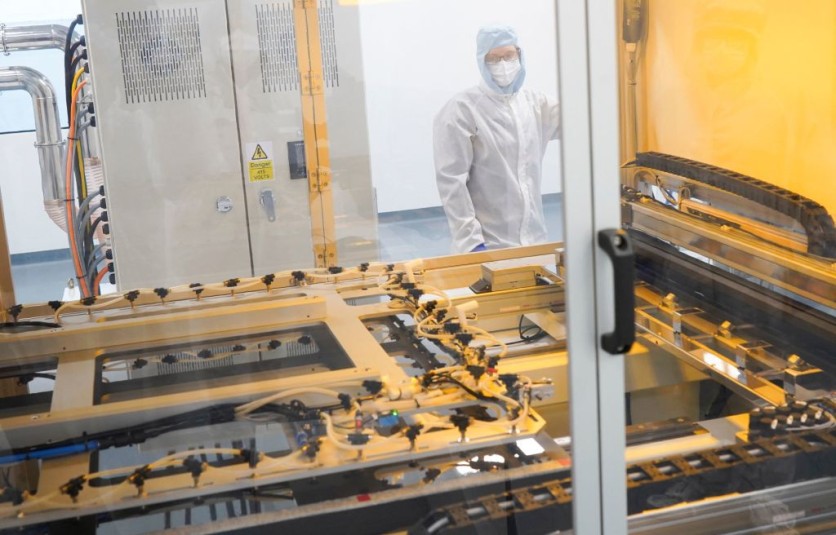The US Department of Energy's National Renewable Energy Laboratory (NREL) has published a new study that shows how scientists were able to find a way to protect a perovskite solar cell in space, according to Electrek.

Perovskite Solar Cells in Space
Space-based solar power is being explored today, which is a method of collecting solar power in space via solar power satellites and sending power back to Earth. Currently, the US, China, the UK, France, Japan, and other countries are finding ways to do space-based solar work.
It's been found that perovskite solar cells are more affordable and lightweight than other technologies used in space. Now, they may even achieve similar efficiencies to current space PV technologies.
Protecting the Solar Cells
Silicon oxide is the protective coating that the scientists tested. It worked by hardening the solar cell against environmental factors on the planet.
The thing is, space has unique challenges in its environment when it comes to solar. Perovskites, they need to be resilient against radiation, atomic oxygen, vacuum, and high-temperature operation.
The scientists found that adding a layer of silicon oxide that is a hundred times thinner than the usual human hair layer can preserve the efficiency and increase the lifetime of perovskite solar cells in space.
Silicon oxide can help reduce the weight of conventional radiation barriers used for other solar cells by over 99%. Thus, this serves as the first step toward designing lightweight and low-cost packaging for perovskites.
Also, based on their simulations and experiments, a silicon oxide layer can reduce radiation damage. In turn, the lifetime of protected solar cells used in Earth's orbits and deep space would increase from months to years.
Protecting Solar Cells in Space
Perovskite solar cells have recently gained a lot of attention due to their potential to revolutionize the way we generate electricity. This revolutionary new technology is based on using perovskite, an inorganic compound, to absorb sunlight and convert it into electricity.
However, perovskite solar cells are vulnerable to the harsh environment of space, which is why scientists are exploring ways to protect them.
One potential solution is to use silicon oxide, a material that is already widely used in the semiconductor industry. Silicon oxide offers a great deal of protection to perovskite solar cells, allowing them to survive the harsh conditions of space and be used in satellites and other space-based applications.
Another potential solution to protecting perovskite solar cells is the use of nanocomposites. Nanocomposites are materials made up of tiny particles that can be tailored to provide a range of protective properties. For example, they can be designed to absorb ultraviolet radiation or act as an electrical insulators.
By using these nanomaterials in conjunction with silicon oxide, scientists have created robust and reliable protection for their perovskite solar cells, allowing them to survive the harsh conditions found in space-based applications without compromising performance. Additionally, this type of protection also helps reduce costs by making it possible for smaller satellites and other spacecraft components to require less energy than traditional designs would require.
Related article : China's Space-Based Solar Power System Test is a Success! Comparable To NASA's SPS-ALPHA?

ⓒ 2025 TECHTIMES.com All rights reserved. Do not reproduce without permission.




